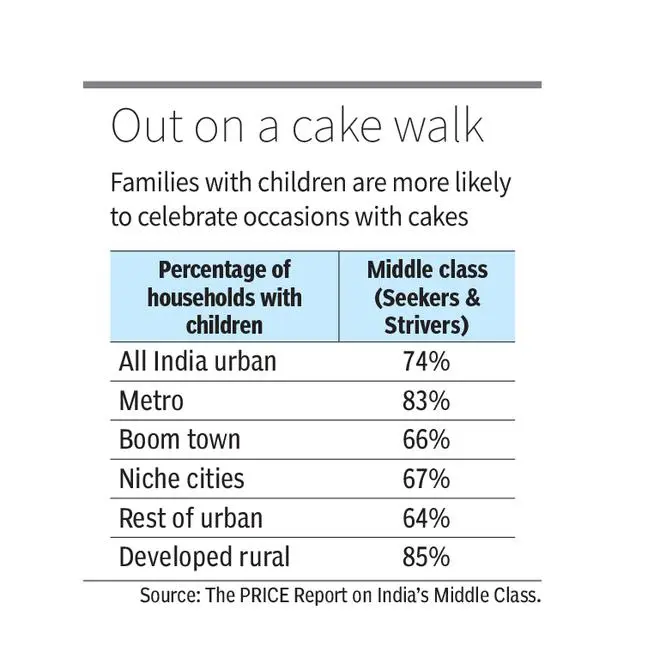Hey, let’s talk cake! I mean, seriously, is there anything better than sinking your teeth into a perfectly moist slice of cake? But you know what’s even cooler? Cake has this whole symbolic thing going on in cultures all around the world. So, let’s dig into the semiotics of cake and how it has influenced Indian culture over time.
In India, these days, cake is a total rockstar at celebrations all over the country. But do you ever wonder how it all started? Well, it goes way back to the colonial era when the British brought their culinary traditions to the subcontinent. At first, cakes were mostly associated with Christian festivities, but over time, they managed to break free from religious boundaries and wiggle their way into various Indian festivals and events.
Just imagine it: a gorgeous cake with layers of soft sponge and luscious frosting. It’s more than just dessert; it’s a symbol of celebration, happiness, and togetherness. When you share a cake with your loved ones, it’s like this ritualistic gesture, marking those important milestones and special occasions. Think about it — the round shape of the cake represents unity and continuity. And let’s not forget the whole blowing out candles ritual. Light and darkness play a significant role in cultural celebrations and religious rituals worldwide. The act of lighting candles further signifies the importance and specialness of the person being celebrated, representing them as the ‘light’ within their family and social circle.

The ubiquity and normativeness of birthday celebrations marks the rise in importance of the individual within and to the family. With the nuclearisation of families and with families having few children — just one or two, the child is precious, all family members are precious. The birthday cake represents the idea that each and every individual in the world is special and worthy of being celebrated.
Cakes take centre stage on the table, while the birthday boy or girl stands behind it, basking in the spotlight. It’s their moment, where family and friends shine the spotlight on them with the ‘Happy Birthday’ song and the most memorable part — cutting and feeding each other the first bite of the cake! It’s all about spreading joy and goodwill among family and friends. Plus, who can resist those customised decorations like themed cake toppers or edible images?
The personalisation of the cake is a whole new level of creativity which traditional Indian sweets lack because they are made as single units and distributed socially. Cakes today are a canvas for creativity — birthday cakes with icing can make a model of animals, cars, musical instruments and almost anything else. They can be tiered and made taller. They can be made not just in circular and square shapes but in almost all shapes and forms.
But wait, there’s more! Cakes have infiltrated weddings and anniversaries too. In Indian engagement ceremonies and weddings nowadays, it’s become common to have an engagement or wedding cake. The moment when the couple cuts the cake symbolises their union, and that first bite they share is like sealing the deal, representing their commitment to each other. And let’s not forget anniversaries — they often come with a delicious cake that screams sweetness and longevity of the relationship.
Cakes are also slowly making their way into Indian festivals and other special occasions. Sure, traditional Indian sweets hold pride of place still but cakes seamlessly blend into the cultural tapestry, adding an extra layer of sweetness and joy to the celebrations.
So, the next time you devour a slice of cake, take a moment to appreciate its hidden meaning. Cake has become this integral part of Indian culture, symbolising celebration, unity, the recognition of life’s special people and special moments. It’s a tasty example of how culinary traditions can cross borders and bring people together. Now, who’s up for another slice?
(Hamsini Shivakumar is a Semiotician and founder of Leapfrog Strategy. Naheed Akhtar is a senior research analyst at Leapfrog Strategy.









Comments
Comments have to be in English, and in full sentences. They cannot be abusive or personal. Please abide by our community guidelines for posting your comments.
We have migrated to a new commenting platform. If you are already a registered user of TheHindu Businessline and logged in, you may continue to engage with our articles. If you do not have an account please register and login to post comments. Users can access their older comments by logging into their accounts on Vuukle.